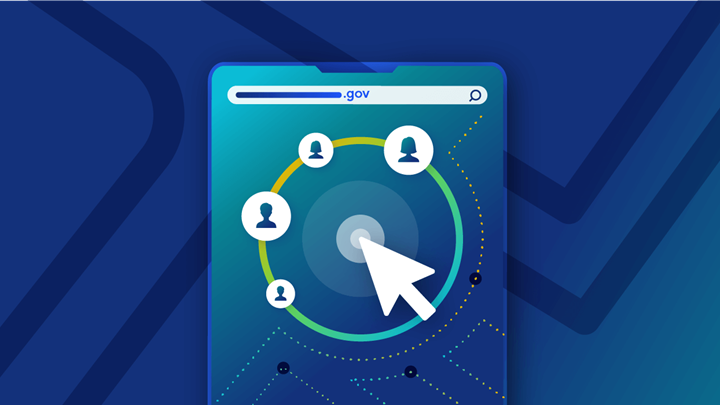How to track and improve citizen engagement
- By Kyra Kuik - Jun 15, 2020 Web Governance
Think about the websites you use most often in your personal life: Amazon, Netflix, Twitter, YouTube, etc. All of these sites are easy to navigate and suggest more content, products, or accounts to follow based on your behavior—they’re personalized and very easy to use.
Compare that to the last government website you were on. Generally, there’s a huge difference in usability, experience, and personalization. As consumers, we’ve become accustomed to conducting much of our personal lives online and, as a result, our expectations for websites has skyrocketed. We expect instant digital access for every dimension of our lives—including our interactions with public service and government agencies. Yet, many government sites are ill-equipped to meet modern expectations.
In fact, nearly one-third (31%) of people say online government services need to be easier to use, while 27% say it’s too hard to navigate and find important information on government sites. Adding to this pressure, legislation continues to set clear goals to improve overall digital accessibility and functionality.
Whether you’re a team of 1 or 150 in the government, making sense of and improving the digital citizen engagement landscape may seem daunting. Fear not! In this blog, we’ll provide six steps for you to follow to start efficiently measuring and improving your website’s citizen engagement capabilities.
What is digital citizen engagement?
Digital citizen engagement encompasses all the touchpoints you have with users on a digital platform. How users experience your digital platforms deeply affects perceptions about your government agency or department.
Because digital citizen engagement covers so much ground, it can be overwhelming to start tracking and analyzing your work. So where do you start measuring digital citizen engagement and how do you know which efforts are meaningful?
Six steps to track and improve citizen engagement
Measurement is vital to understanding how your organization stacks up when it comes to digital citizen engagement. Without measurement, you have no way of knowing what works and what doesn’t! To make sure your measurements give you the insights you’re after, here are some essential steps to help you improve your site’s digital citizen engagement.
Step 1. Start goal setting
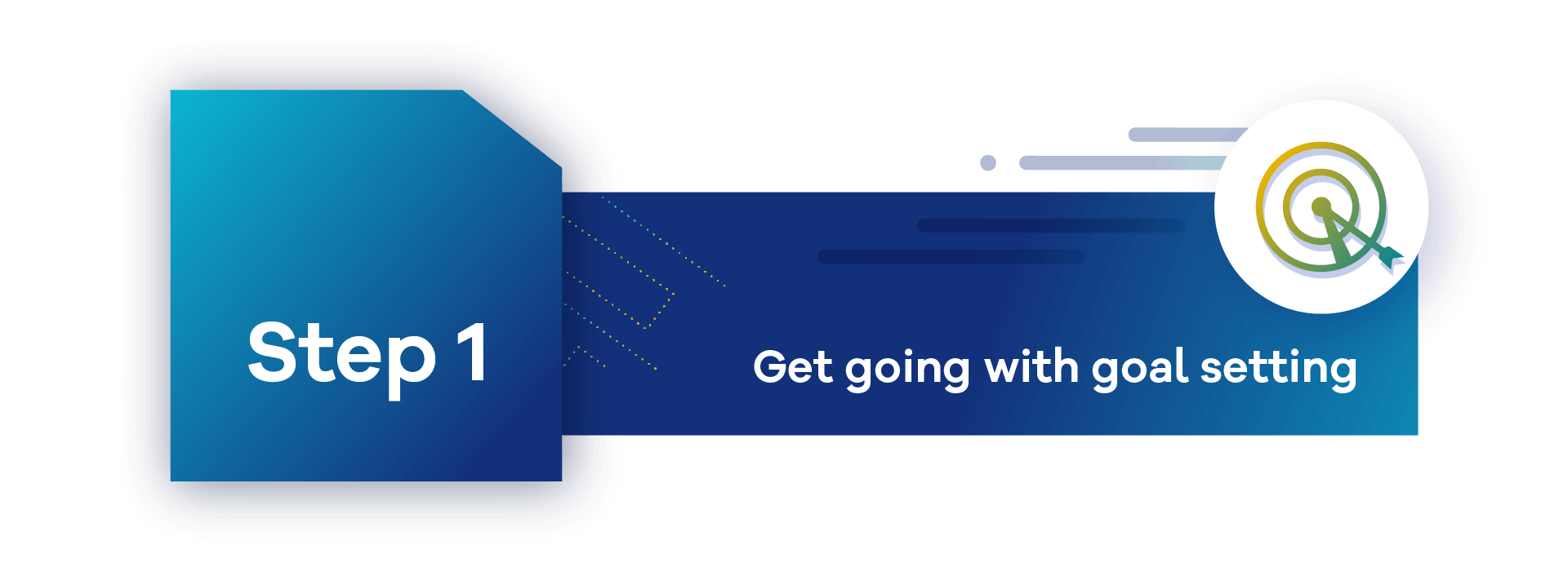
Whether building a new website or redesigning an old one, you should start your digital engagement efforts by setting goals. If your overall goal is to make it easy for the public to engage with your organization, break down what that actually means so everyone involved knows what to work toward and what a successful site should look and function like. This includes detailing the features and capabilities citizens will need to successfully engage with your organization.
To do this, identify your strategic objectives first, which are your organization’s main goals, like increasing public resource engagement, increasing awareness of agency activities, or improving public satisfaction.
Next, identify the key performance indicators (KPIs), which measure the progress towards those initiatives. If your initiative is improving public satisfaction, then your KPIs could be things like lowered bounce rate on key pages, increased citizen satisfaction in on-pages surveys, increased number of pages visited, etc.
Remember to take regulation compliance into account when goal setting. Beyond ensuring compliance, accessibility regulations can be used as a framework for website design to help meet public expectations for quick, easy, and secure digital interactions. In addition to considering compliance during this goal-setting phase, it is important to think about the various paths citizens can take on your website to better tailor the user experience to meet their specific needs. To do this, you’ll want to create a citizen journey map.
Step 2. Create a citizen journey map

Start your government agency or department’s engagement efforts by taking a closer look at your extended digital citizen journey. Essentially, a digital citizen engagement journey map is a model that illustrates all the touchpoints through which users come into contact with your department or agency.
Visually mapping out these journeys helps you and your team understand the different paths citizens can take when exploring your digital environments. It also identifies the different citizen lifecycle phases and how citizens interact with your agency during each one.
If you don’t already have a digital citizen journey map, create one by working with your analytics tool, stakeholders, and users.
- Meet with users regularly. Create representative user groups and have your web team (or yourself) meet with them regularly. Get feedback on messaging, content, and the overall functionality of your website. Ask about their pain points and the problems they want to solve. Watch them navigate your website to accomplish the tasks they need to, so you can get an understanding of what their journey looks like.
- Dig into your analytics. Use your analytics tool to get an understanding of how users are behaving on your site to get a basic framework for your user journey.
- Talk with key stakeholders. Different teams and departments in your organization will likely have a deep understanding of what citizens have common complaints about or problems with. Talk with those people to understand what users have common issues with on your website, where you might have content gaps, and where you can provide more information or make navigation easier.
Use all of these learnings to create a citizen user journey, which will outline key steps users take to accomplish their goals on your website and at which points they return to your site in the future. By identifying each phase in the user journey, you’ll be better able to understand and address pain points and deepen engagement.
Step 3. Make a measurement plan
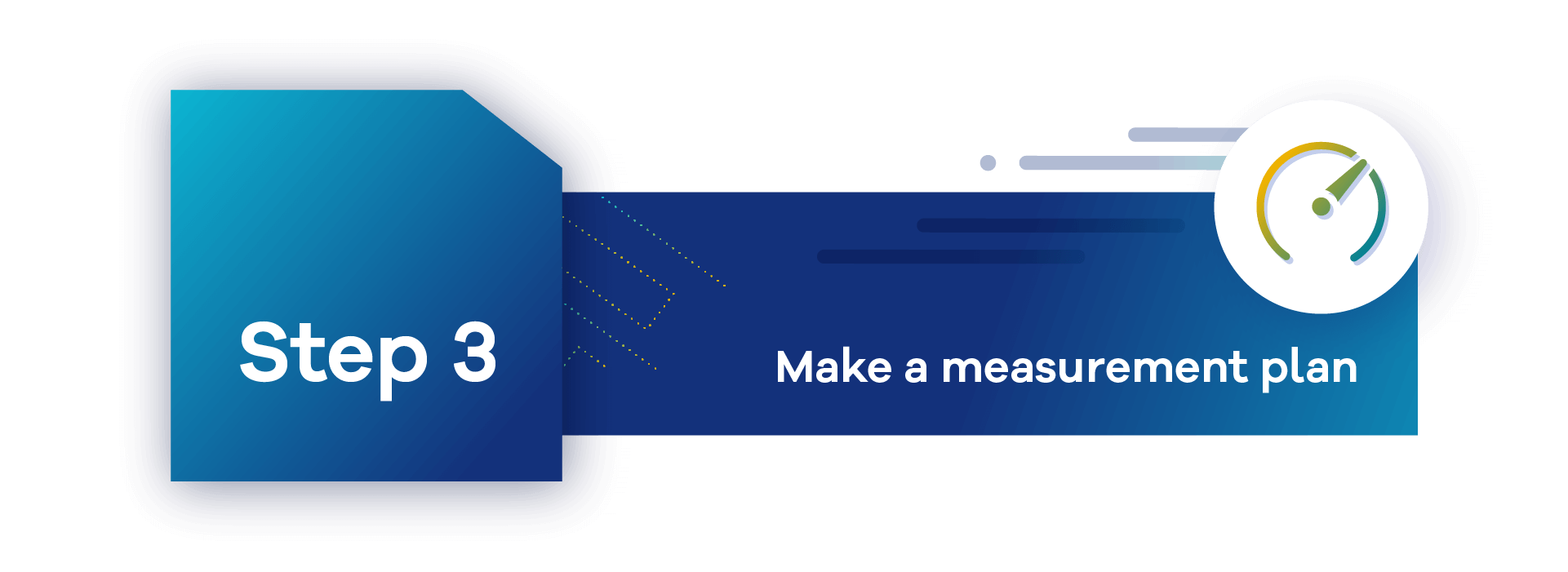
The types of digital engagement activities you track depend both on your organization's goals and where a citizen is on their journey. Regardless of the metrics you track, to see if your efforts are paying off, you must create a measurement plan.
A measurement plan categorizes the metrics you want to track, which pages and resources are used when, and what success will look like for each. It’s important to set benchmarks along the way to show your progress toward compliance. But because improving your citizen journey is an ongoing process—not a one-off project, you’ll want to include monitoring and feedback loops into your measurement plan to drive continuous improvement.
As an extra benefit, your measurement plan can align your team to all work toward the same goals and standards.
Step 4. Consider your tooling
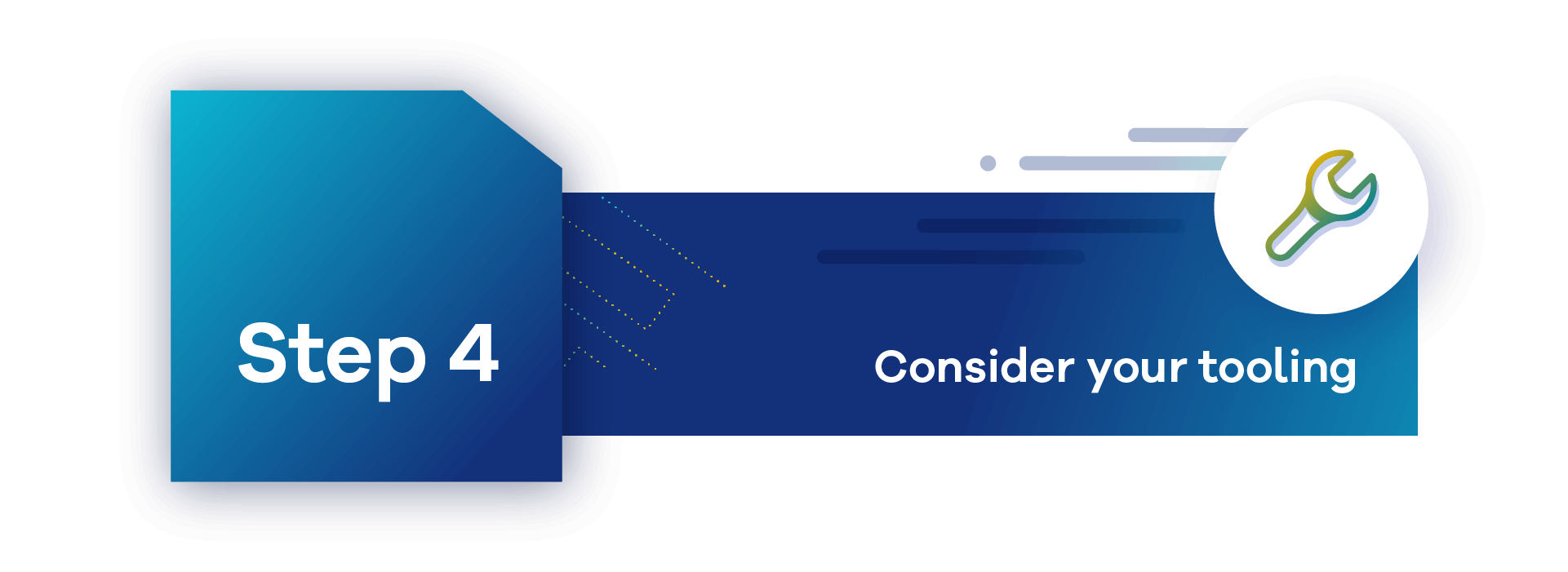
Operating a website that delivers high user engagement and satisfaction is nearly impossible to accomplish manually. Many government agencies and departments are reviewing digital citizen engagement manually on a page-by-page basis, rather than a holistic, full-site spectrum. This segmented approach can be overwhelming and confusing to staff when it comes to prioritizing efforts. With the right tool, behavioral data can be automatically collected and analyzed, making it much more clear where problem areas are on the site or which pages are performing well.
The data generated by citizens navigating and using website resources holds valuable insights, like what’s working, what’s not working, and which areas need tweaking. Accessing and understanding citizen engagement data can help you improve site communications and functions. An effective tool can help your team easily identify which pages most need their attention and which features they should start fixing.
Keep in mind, however, data is only useful if it’s accurate. So, be sure you have proper governance and training in place for your tools.
Now that you have a plan and tool in place, you can start accurately measuring your efforts to increase engagement.
Step 5. Focus on benchmarks
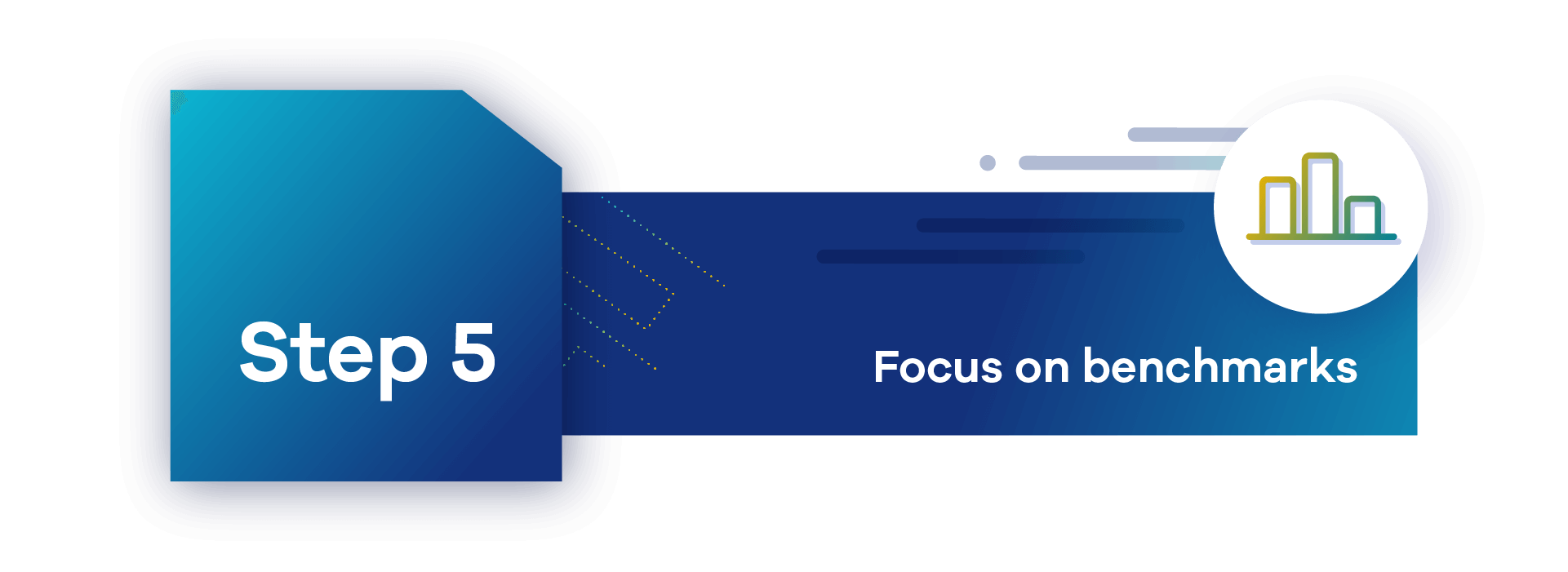
In order to effectively measure progress and collect data, you need to create benchmarks based on your current website. You can’t improve what isn’t being measured!
Take the time to deep dive into your analytics to investigate your site’s current performance and any data you’re missing. After your metrics are identified and benchmarked, you can start to actually measure, track, and report digital user behavior.
For example, you’ll be able to see how long users take to complete a desired action, which pages attract and engage users more effectively than others, and if there are consistent engagement gaps, barriers, or patterns. Then, after implementing your site changes, you can see how and to what extent they improved your site’s functionality and experience.
Step 6. Optimize the digital citizen experience
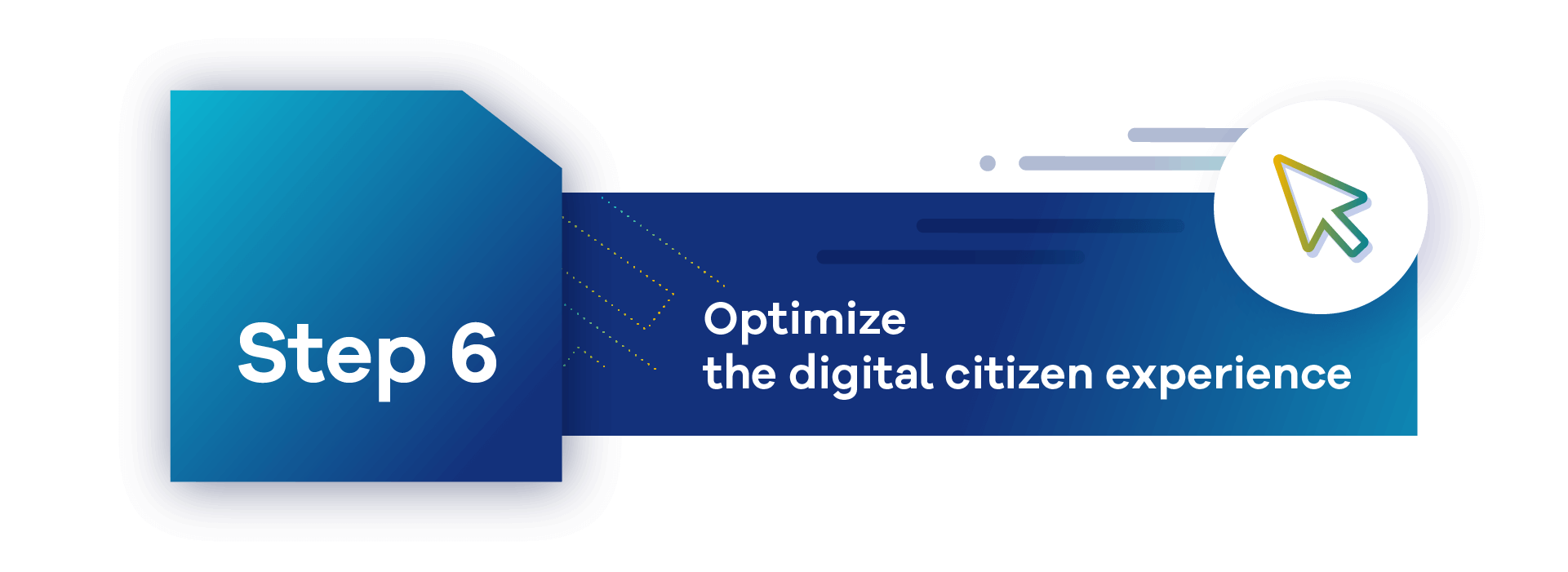
Now that you’ve collected, analyzed, and measured your user data, you can use it to optimize your digital presence. This means updating your website content and features to provide targeted, relevant information and resources for your data-backed citizen needs.
Users expect government websites to provide access to important information and resources. While each government agency or department may need to provide different information and resources, there are three key principles to guide your efforts in the right direction:
- Understandable—Perceivable by users regardless of their senses or abilities
- Operable—Accessible and navigable regardless of device
- Robust—Accessible regardless of OS, browser, or version
The data from your digital analytics tool can reveal the content and functions that citizens are actually looking at, searching for, and using. And don’t forget to audit and update your site’s content to avoid content ROT (redundant, out of date, and trivial information).
Measure, measure, and measure again
Digital citizen expectations, engagement strategies, and laws are changing. Understanding and adapting to these changes represents one of the biggest challenges for organizations looking to improve citizen engagement and satisfaction metrics—specifically to provide transparent, accessible, and accountable government services.
If you’re not measuring engagement efforts, not only are you in danger of paying penalties, you’re also missing out on insights that can help you improve digital citizen experience. It’s about leveraging data to gain awareness of what citizens go through and need. Clearly, measurement is at the heart of long-term improvement.
